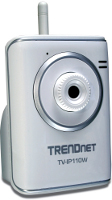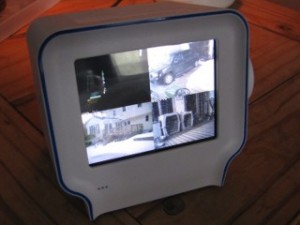 The TRENDnet TV-IP110W has few options when setting up an FTP transfer. It will always place the image in sub-folder based on the date such as 20110308/230117_9.jpg for the image taken on March 8, 2011 at 23:01:17.9. This makes it difficult to use the image on a static html webcam page.
The TRENDnet TV-IP110W has few options when setting up an FTP transfer. It will always place the image in sub-folder based on the date such as 20110308/230117_9.jpg for the image taken on March 8, 2011 at 23:01:17.9. This makes it difficult to use the image on a static html webcam page.
To move the last picture taken to a fixed file location, a cron job is needed to find the JPG file and move/rename it to a fixed name. In this case the camera is set to take an image every 60 seconds and FTP it to the server. The following script is also set to run as a cron job every 60 seconds.
In this example trendnet is the Filename Prefix set in the Event Configuration >> General Setting tab and /path/to/ftp is the location set in Event Server
# move current picture to *_old
mv /path/to/ftp/trendnet.jpg /path/to/ftp/trendnet_old.jpg
# find where the trendnet put the image and move it to the ftp root location
find /path/to/ftp/trendnet -name '*.jpg' -exec mv {} /path/to/ftp/trendnet.jpg \;
